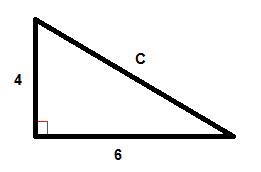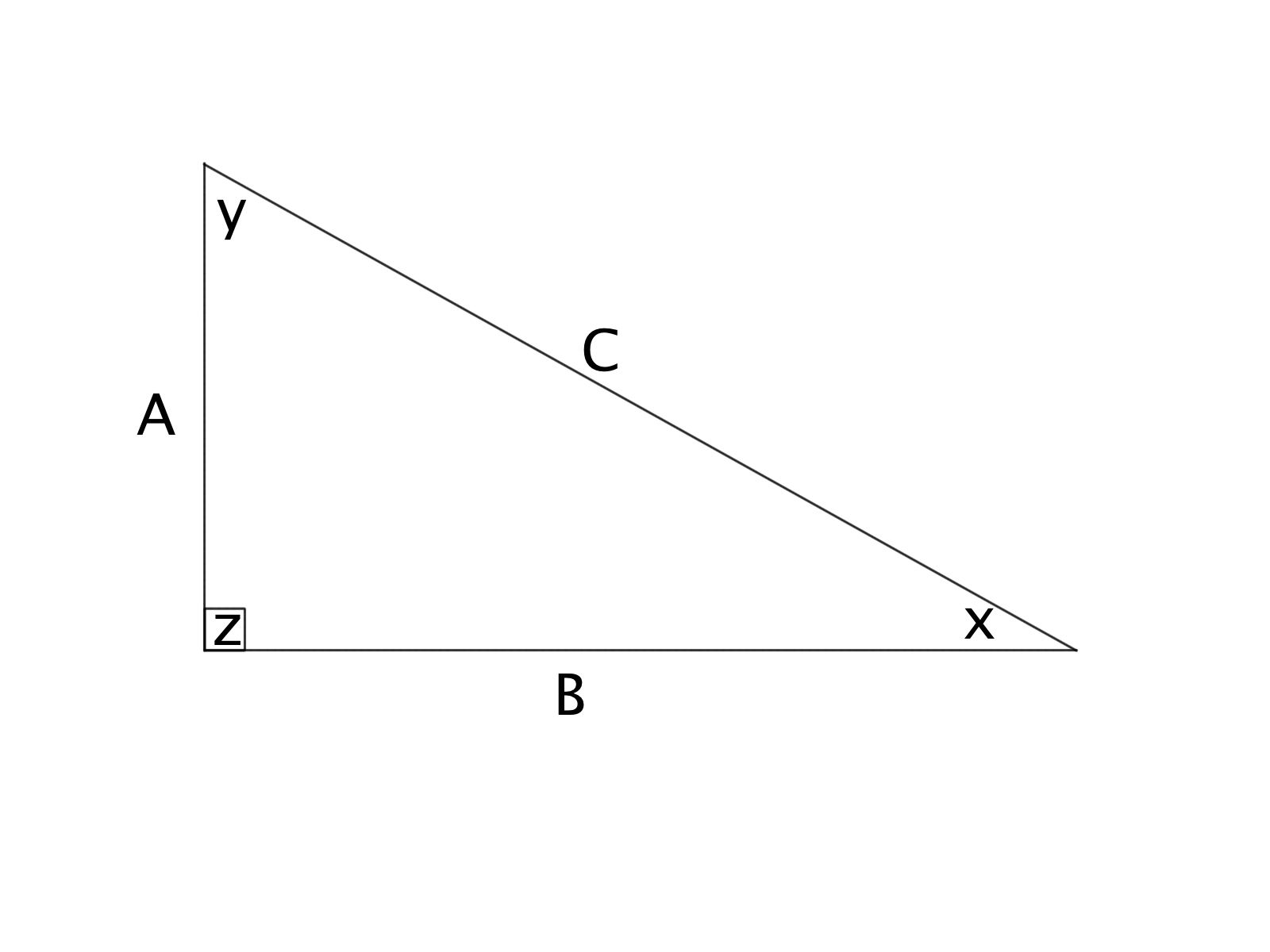How do you use the Pythagorean Theorem to determine if the
4.9 (119) · $ 26.00 · In stock
c^2 != a^2 + b^2, therefore, this cannot be a right triangle. The Pythagorean Theorem applies to right angle triangles, where the sides a and b are those which intersect at right angle. The third side, the hypotenuse, is then c To test whether the given lengths of sides create a right triangle, we need to substitute them into the Pythagorean Theorem - if it works out then it is a right angle triangle: c^2 = a^2 + b^2 15^2 != 5^2+10^2 225 != 25+100 225 != 125 In reality, if a=5 and b=10 then c would have to be c^2 = 125 c =sqrt(125) = 5sqrt(5)~= 11.2 which is smaller than the proposed value in the question. Therefore, this cannot be a right triangle.

Pythagoras Theorem Formula, Proof, Examples and Applications
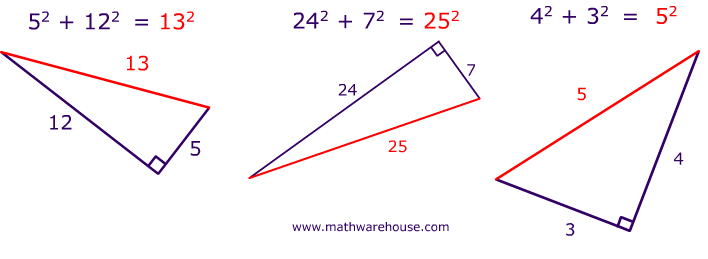
How to Use the Pythagorean Theorem. Step By Step Examples and Practice

Ex: Determine the Distance Between Two Points Using the Pythagorean Theorem
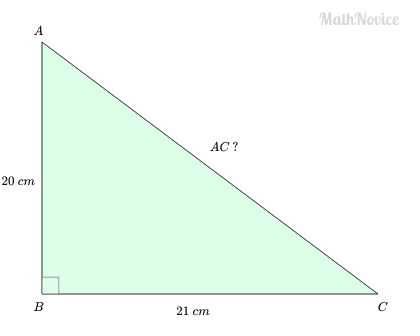
Pythagoras Theorem Questions (with Answers) – Math Novice

Apply the Pythagorean theorem. Find whether the given triangle has a right angle.

How to Determine Whether a Triangle is a RIGHT Triangle

How to Use the Pythagorean Theorem: 12 Steps (with Pictures)
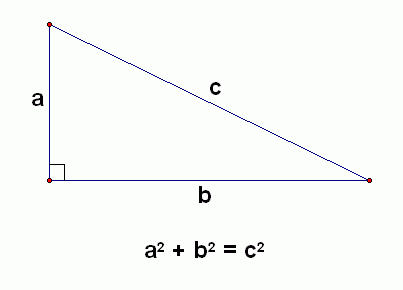
The Pythagorean Theorem - Trigonometry

Converse of the Pythagorean Theorem Explained (2019)
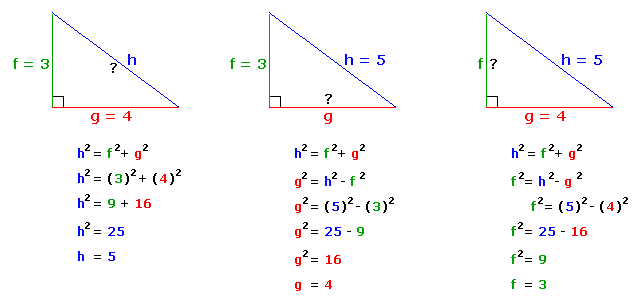
Pythagorean Theorem
I'm just checking if I did this correct ? For x I got 7.7 and for y I got 7.1? I used tan to find the adjacent then used Pythagorean theorem to







